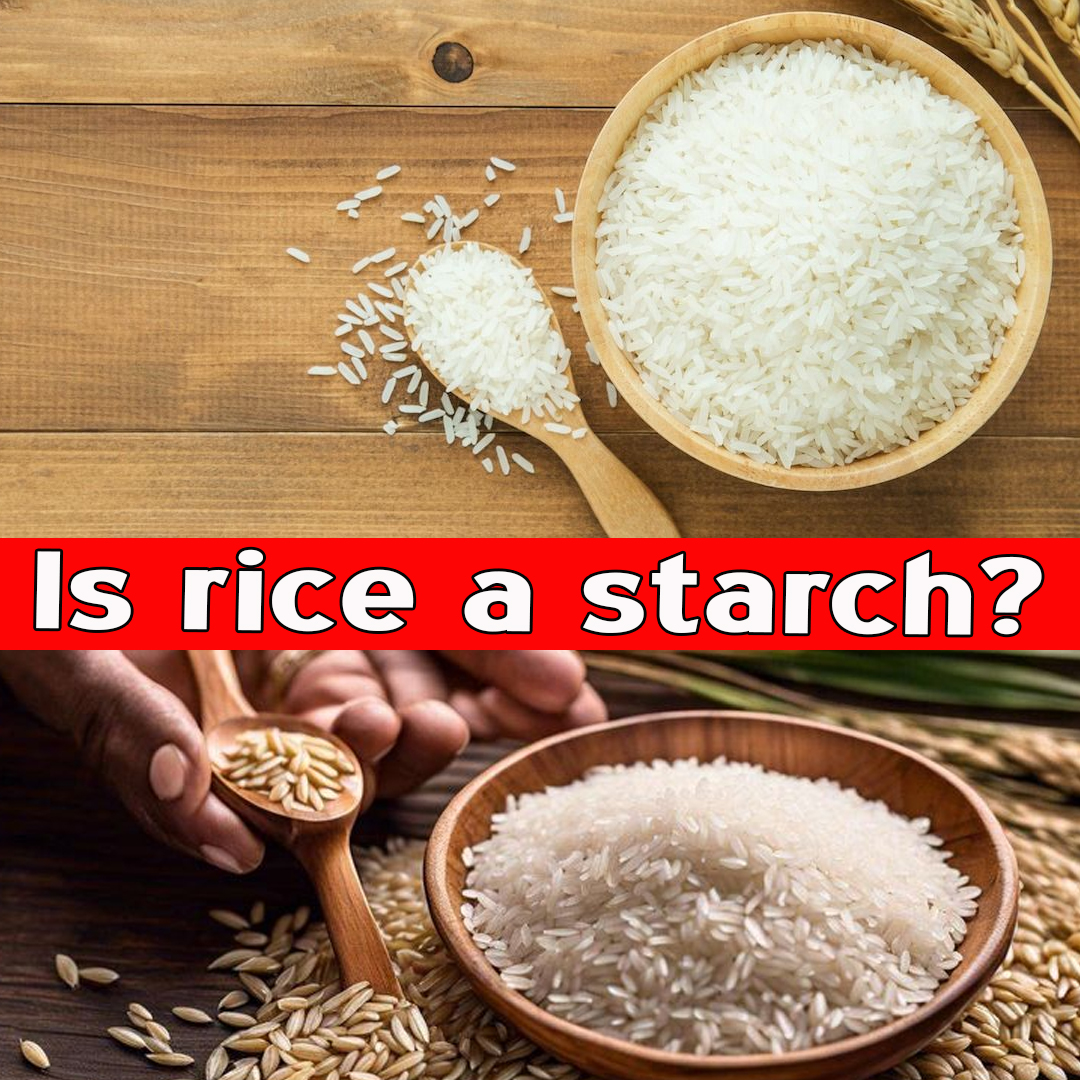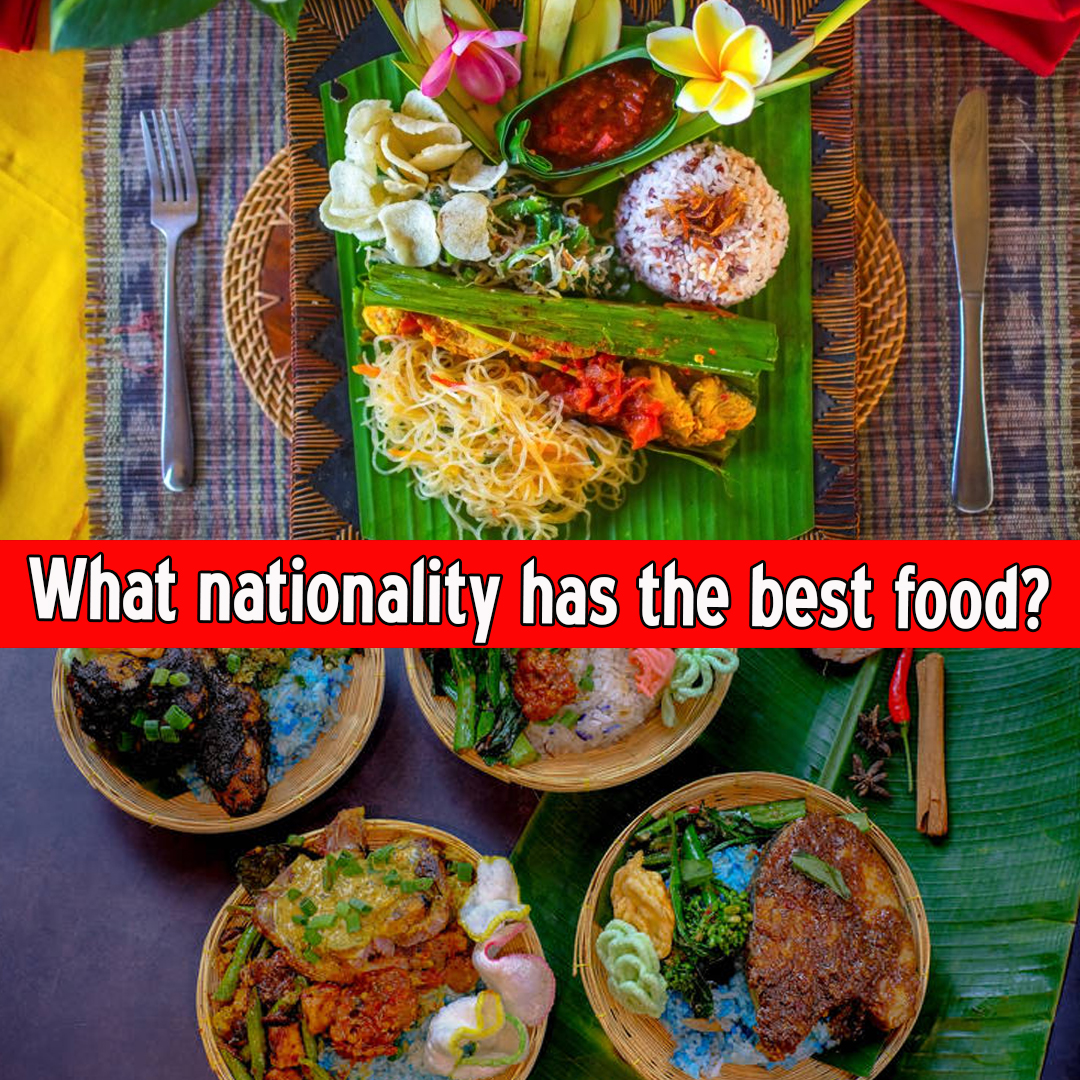What Is the Famous Dance of India?
Introduction: A Nation That Dances Its Soul

What Is the Famous Dance of India?
India is a land of color, rhythm, tradition, and celebration — and dance has always been a central part of its identity. From ancient temples and royal courts to modern stages and Bollywood films, dance in India is both sacred and social, traditional and evolving. Every region in India boasts its own distinct style, yet some dances have gained national and global fame for their beauty, history, and expressive power.
But when someone asks, “What is the most famous dance of India?”, the answer points to more than just one name. Instead, it opens the door to a spectrum of classical and folk dances, each iconic in its own right.
However, Bharatanatyam, with its grace, antiquity, and cultural impact, is often regarded as India’s most famous classical dance. Alongside it, Kathak and Bollywood dance also claim immense popularity.
- The concept of dance in Indian culture
- Overview of Bharatanatyam as the most famous dance
- Other iconic classical dances of India
- Regional folk dances that are widely loved
- Bollywood’s impact on modern dance culture
- Global recognition and contemporary fusion
- Dance as a spiritual, social, and artistic expression
Part I: Dance in Indian Culture — A Divine Expression
🎭 Dance as Worship, Art, and Identity
In India, dance is more than movement — it is a medium of devotion, storytelling, and tradition. It appears in:
- Religious rituals (temple dances, processions)
- Festivals (Navratri, Holi, Onam)
- Weddings and social ceremonies
- Stage performances and films
Many Indian dances are rooted in Natya Shastra, the ancient Sanskrit treatise on performing arts, written over 2,000 years ago. Dance, or ‘Nritya’, combines:
- Nritta (pure dance movements)
- Nritya (expressive gestures)
- Natya (dramatic storytelling)
Part II: Bharatanatyam – India’s Most Famous Classical Dance
🌟 Origin and History
- Origin: Tamil Nadu (Southern India)
- Rooted in: Hindu temples and sacred rituals
- Age: Over 2,000 years old
- Originally performed by Devadasis (temple dancers) to honor deities
🌟 Name Breakdown
Bharatanatyam comes from:
- Bha – Bhava (expression)
- Ra – Raga (melody)
- Ta – Tala (rhythm)
- Natyam – Dance
It literally represents the essence of expressive storytelling through rhythm and music.
🌟 Costume and Music
- Traditional silk sarees with gold borders
- Jewelry on the forehead, nose, ears, hands, and feet
- Use of ankle bells (ghungroo)
- Music in Carnatic style (South Indian classical)
Key Features
- Precise geometric postures and mudras (hand gestures)
- Deep emotional storytelling (especially stories of Shiva, Krishna, and Devi)
- Expressive eye movements and facial expressions (abhinaya)
- Powerful footwork with rhythmic stamping
🌟 Why Bharatanatyam is the Most Famous
- Global recognition: Performed worldwide, taught in thousands of dance schools
- UNESCO acknowledgment: It’s often highlighted as a cultural heritage art form
- Popular in films, festivals, and global showcases
- Celebrity icons: Dancers like Rukmini Devi Arundale, Padma Subrahmanyam, and Alarmel Valli brought it to national and global stages
Part III: Other Famous Classical Dances of India
India officially recognizes 8 classical dance forms, each rooted in a distinct culture, story tradition, and musical style.
💃 1. Kathak (North India)
- Origin: Uttar Pradesh
- Dance of storytellers (Kathakars)
- Known for fast footwork, spins (chakkars), and graceful hand movements
- Based on Hindustani music
- Often performed in Mughal courts and temples
- Famous dancers: Birju Maharaj, Sitara Devi
💃 2. Odissi (Odisha)
- Based on temple sculptures of Konark and Puri
- Fluid torso movements
- Spiritual themes centered around Lord Jagannath and Krishna
- Costumes feature silver jewelry and white flower headpieces
💃 3. Kathakali (Kerala)
- Dance-drama with elaborate makeup, masks, and costumes
- Characters represent gods, demons, kings
- Highly stylized with facial expressions and symbolic hand gestures
- Male dancers dominate the form
💃 4. Mohiniyattam (Kerala)
- Graceful, feminine counterpart to Kathakali
- Themed around Mohini (female form of Vishnu)
- Known for circular movements, swaying body, and emotional storytelling
💃 5. Kuchipudi (Andhra Pradesh)
- Combines dance and drama
- Dancers often sing while performing
- Unique feature: Dancing on a brass plate (Tarangam)
- Centered around Lord Krishna and his leelas
💃 6. Manipuri (Manipur)
- Based on Vaishnavism and Radha-Krishna themes
- Soft, rounded movements, minimal facial expressions
- Dancers wear decorated cylindrical skirts and veils
💃 7. Sattriya (Assam)
- Performed in Assamese monasteries (Satras)
- Founded by saint Srimanta Sankardev
- Celebrates Krishna bhakti and monastic life
Part IV: Famous Folk Dances – Celebrating the People’s Culture
Folk dances are the heartbeat of rural India, performed during festivals, harvests, weddings, and social events.
🕺 1. Bhangra (Punjab)
- High-energy male dance with drums (dhol)
- Celebrates harvest season
- Now globally recognized in music videos, clubs, and pop culture
💃 2. Garba & Dandiya Raas (Gujarat)
- Circular dance performed during Navratri
- Garba: Clapping, graceful handwork
- Dandiya: Performed with decorated sticks (dandiyas)
- Iconic in Indian diaspora across the world
💃 3. Ghoomar (Rajasthan)
- Traditional women’s dance of the Rajputs
- Involves spinning in colorful ghagras (skirts)
- Seen in films like Padmaavat
💃 4. Lavani (Maharashtra)
- Fast-paced rhythmic dance performed by women
- Known for bold expressions and graceful footwork
- Often set to dholki beats
💃 5. Chhau (Jharkhand, Odisha, Bengal)
- Tribal martial dance with masks
- Depicts stories from Ramayana and Mahabharata
💃 6. Bihu (Assam)
- Performed during Rongali Bihu (harvest festival)
- Joyful, upbeat music with flutes and drums
- Represents love, nature, and celebration
Part V: Bollywood Dance – India’s Global Entertainment Icon
🎥 Bollywood: The New-Age Fusion
Bollywood dance combines:
- Classical styles (Bharatanatyam, Kathak)
- Folk dances (Bhangra, Garba)
- Western influences (hip-hop, jazz, belly dance)
- Signature Bollywood expressions and glamour
🎬 Impact of Bollywood on Indian Dance Fame
- Takes Indian dance to international audiences
- Dancers like Madhuri Dixit, Hrithik Roshan, and Prabhu Deva made dance a mass passion
- Choreographers like Saroj Khan, Remo D’Souza, and Shiamak Davar globalized Indian dance
Part VI: Indian Dance on the World Stage
- Indian classical and folk dances are taught in universities across USA, UK, and Australia
- Global events like “Incredible India” and International Yoga Day feature dance performances
- Dancers like Mallika Sarabhai, Alarmel Valli, and Apsara Dance Troupes represent India abroad
- Fusion styles like Bolly-Hop, Bharatnatyam Ballet, and Indo-Contemporary are gaining traction
Part VII: Dance as Spiritual Practice
In Indian philosophy, dance is not just art, but a path to divine connection:
- Nataraja (Dancing Shiva) symbolizes cosmic rhythm
- Krishna’s Raas Leela represents divine love through dance
- Many temples in South India feature dedicated dance halls (Natyamandapas)
Dance becomes a form of meditation, devotion, and healing — not just performance.
Conclusion: The Heartbeat of India in Every Step
India’s most famous dance may be Bharatanatyam, but every classical and folk form adds a unique rhythm to the nation’s cultural identity. Whether it’s a young girl performing Odissi, villagers celebrating with Bhangra, or a Bollywood star dancing on stage, Indian dance continues to evolve while staying deeply rooted in its ancient soul.
So, when we ask, “What is the famous dance of India?”, we’re really asking, “Which part of India’s soul do you wish to experience today?”















Leave a Reply